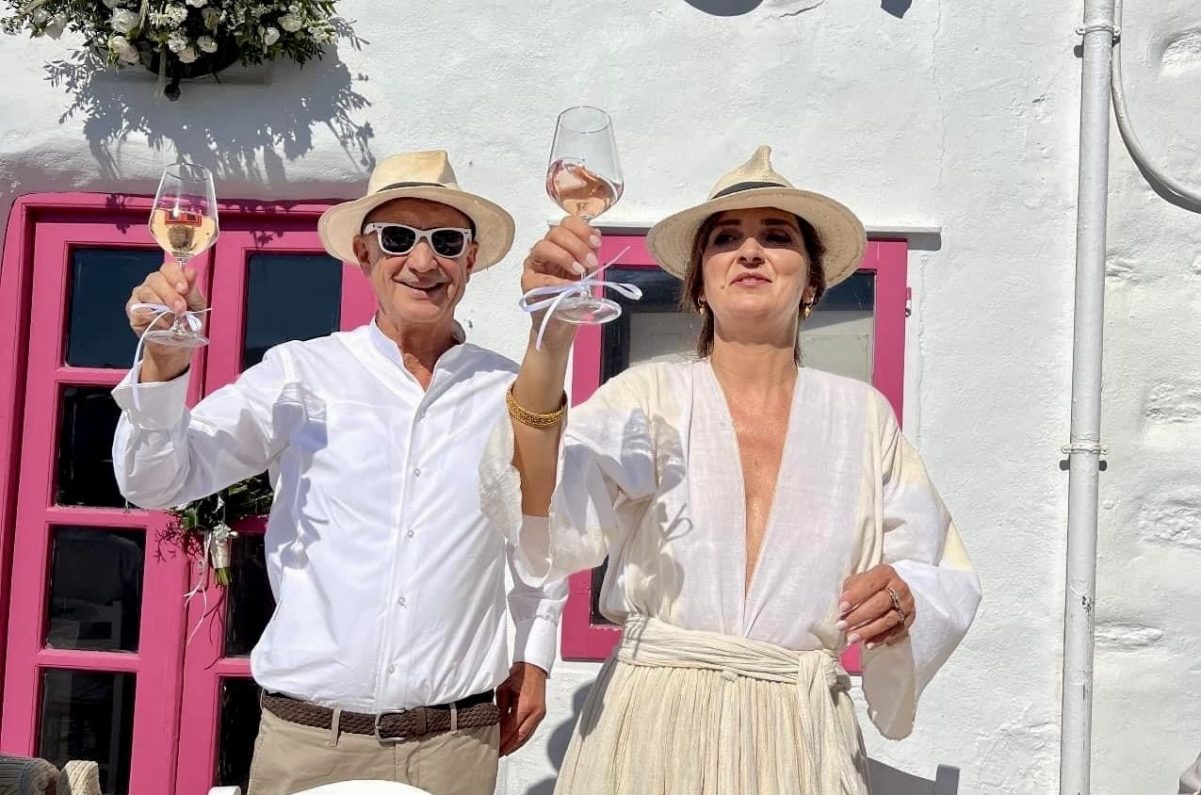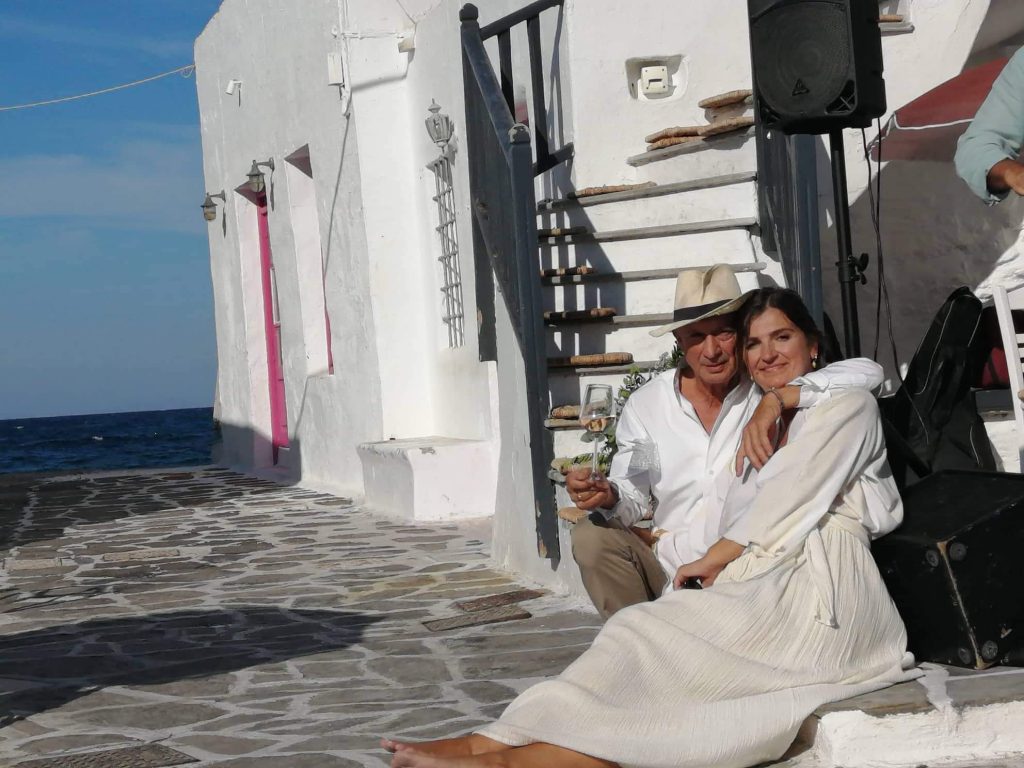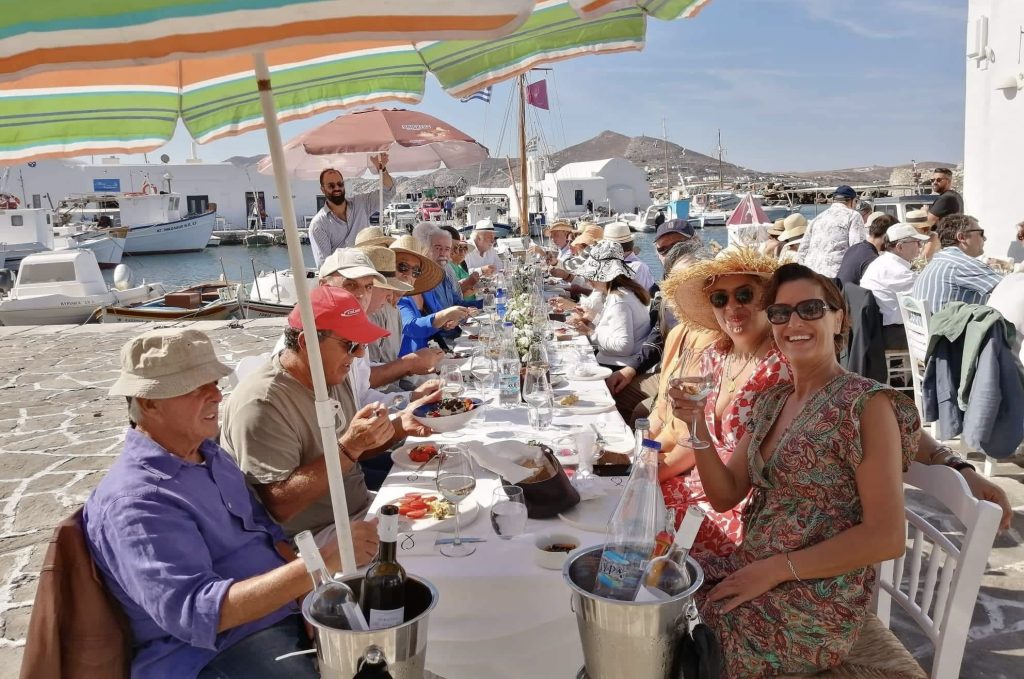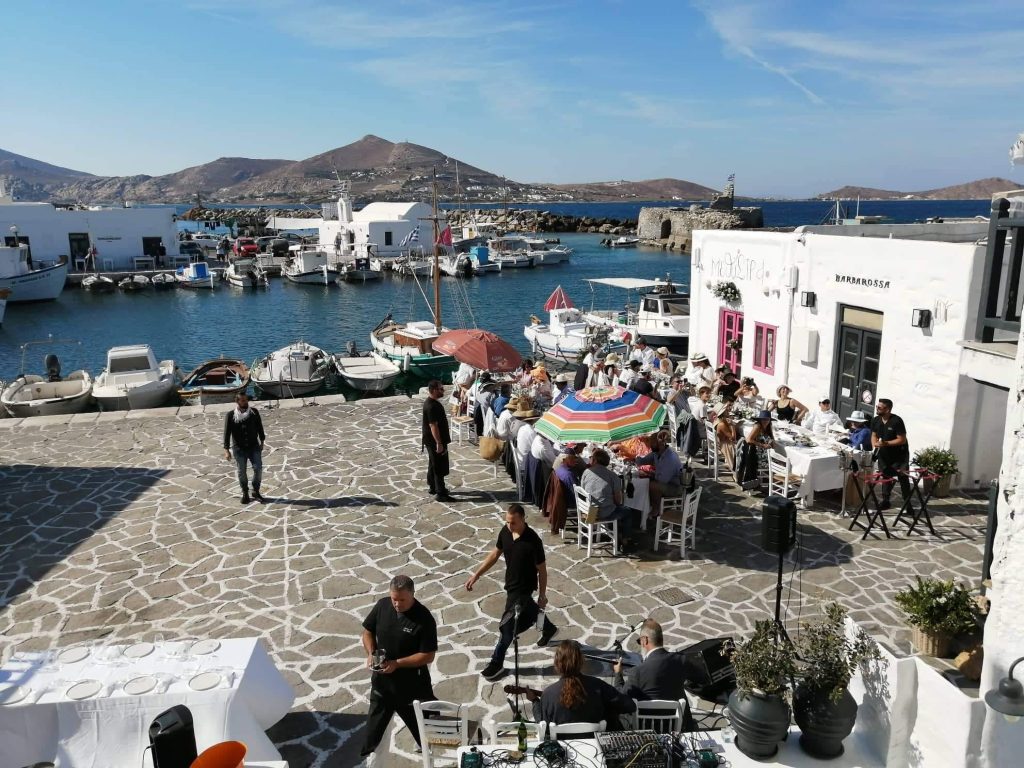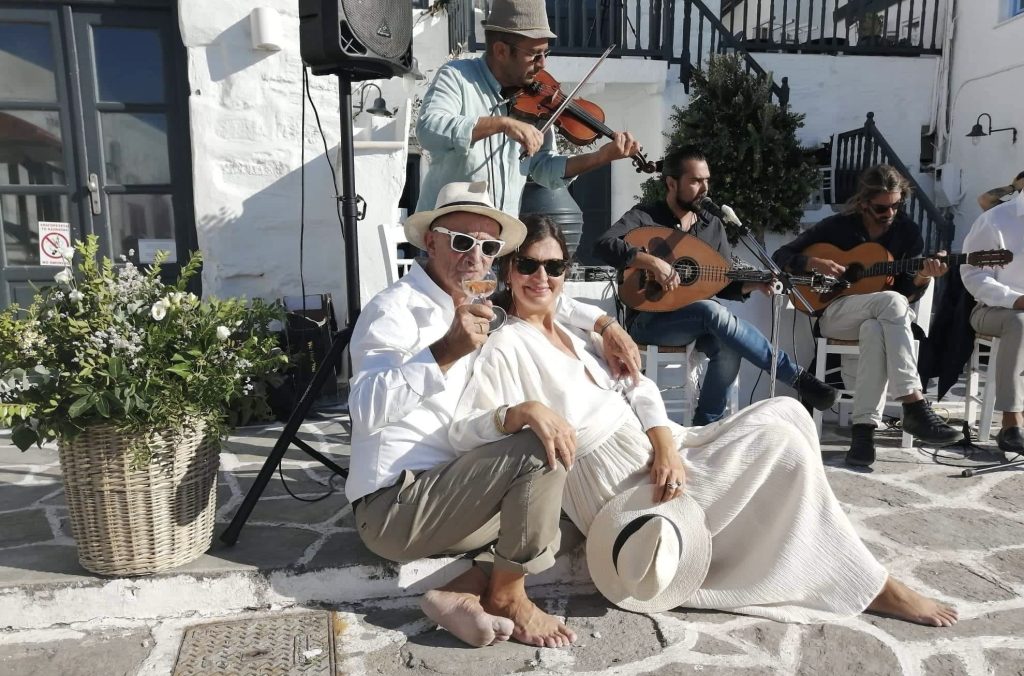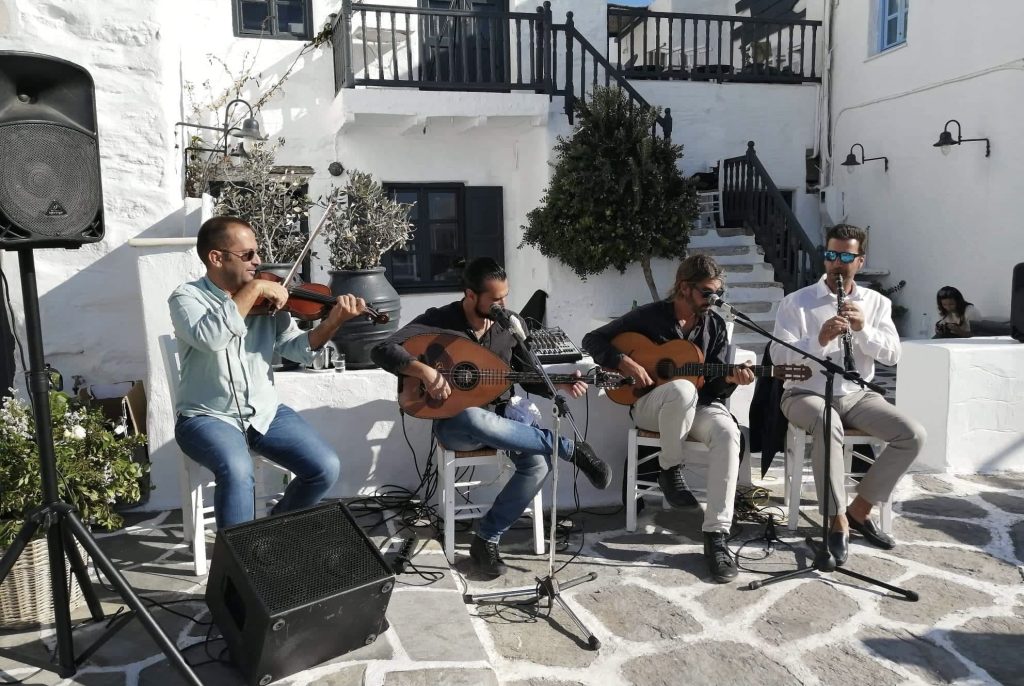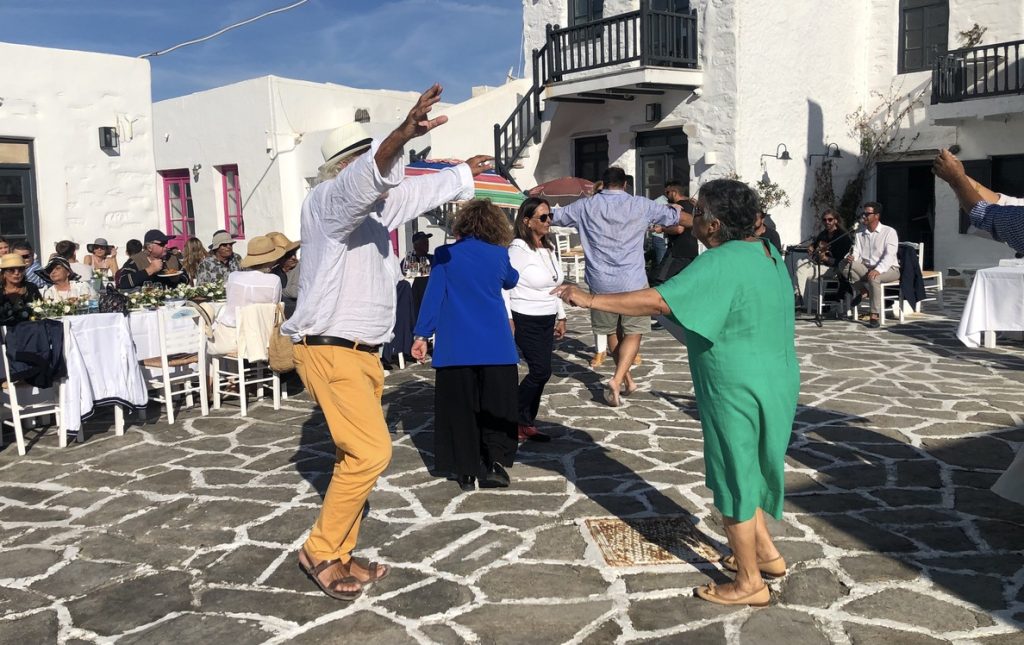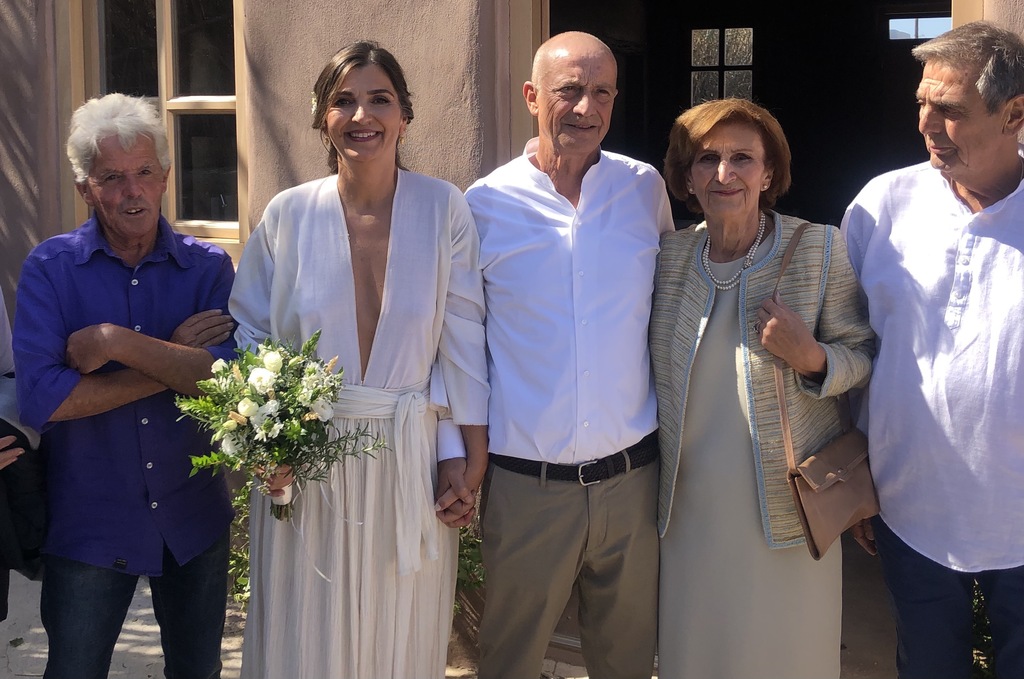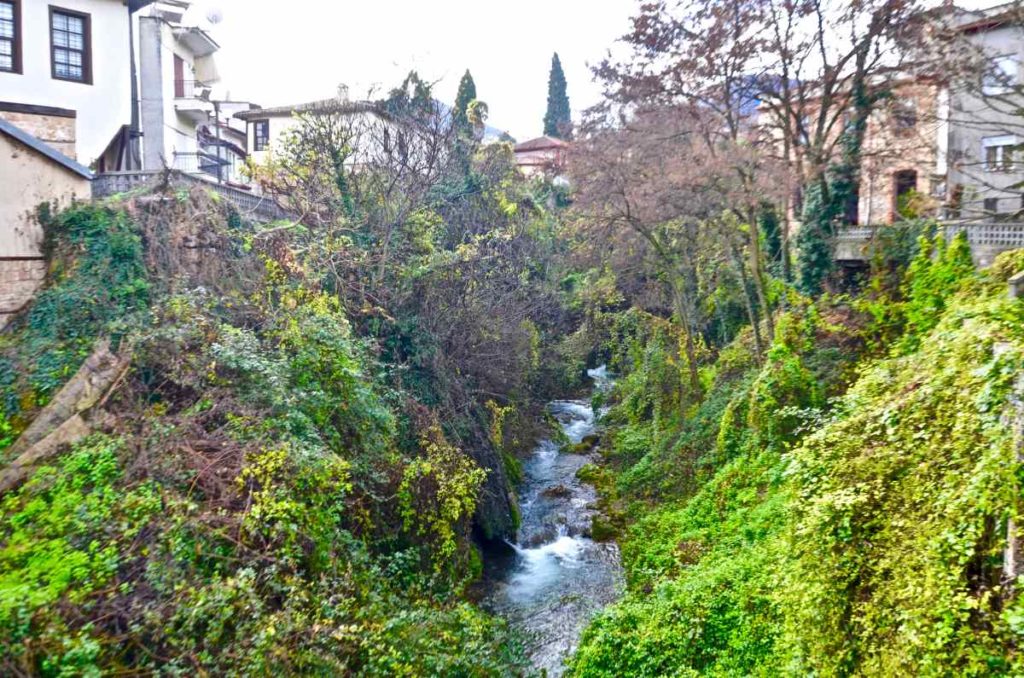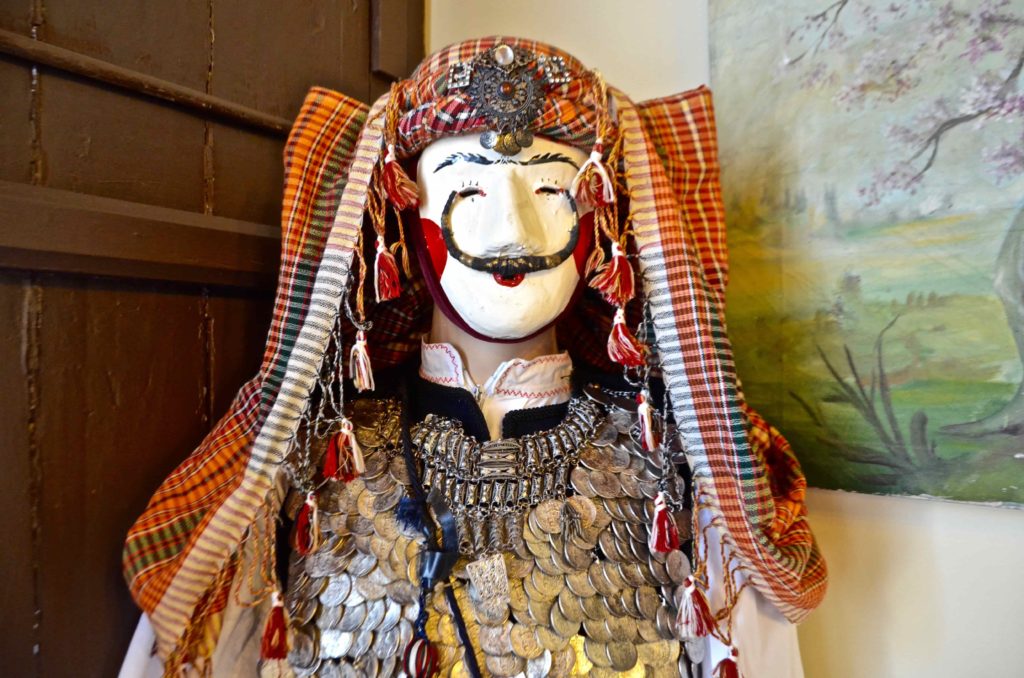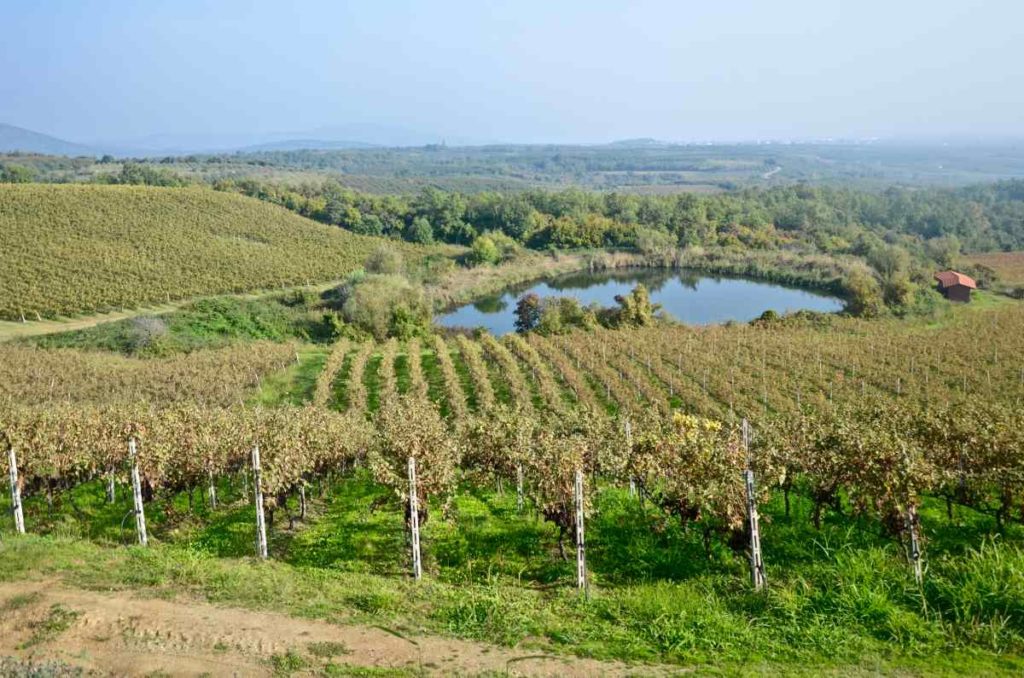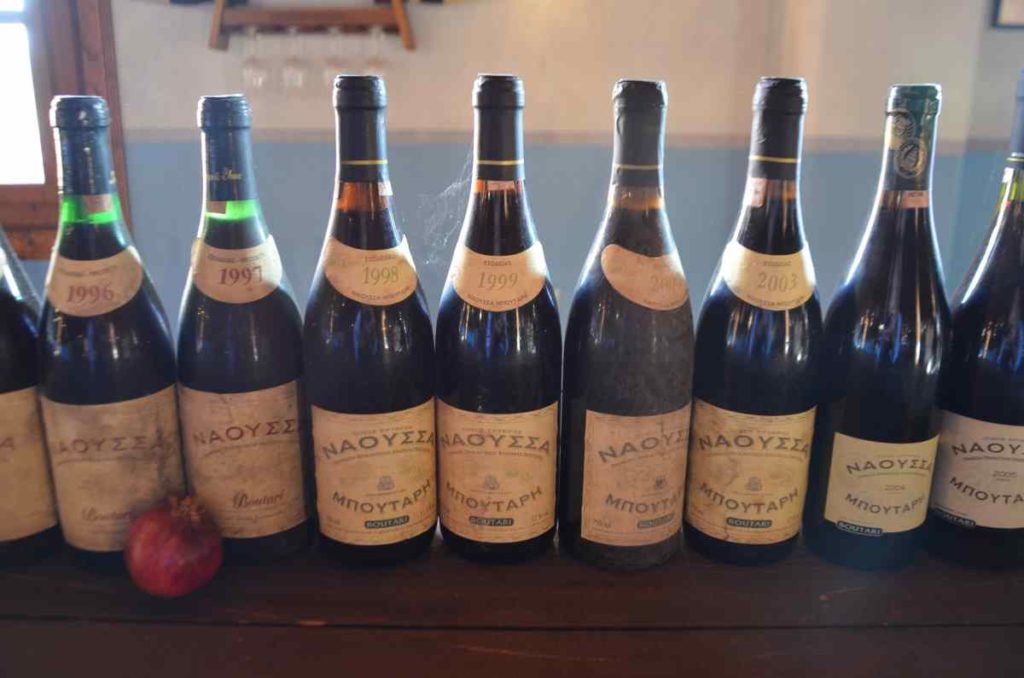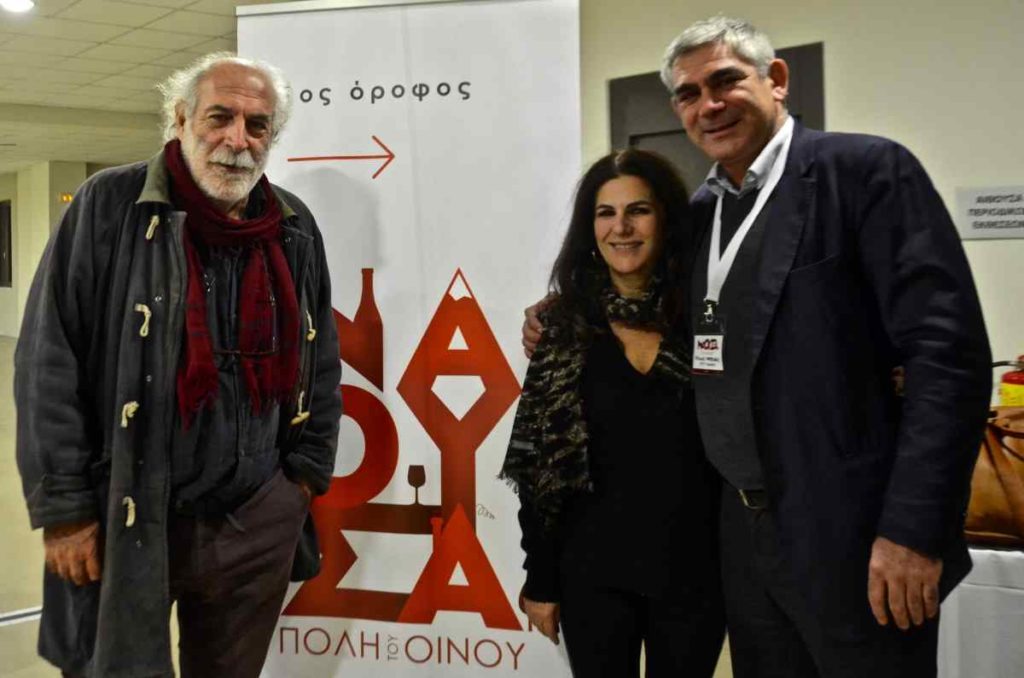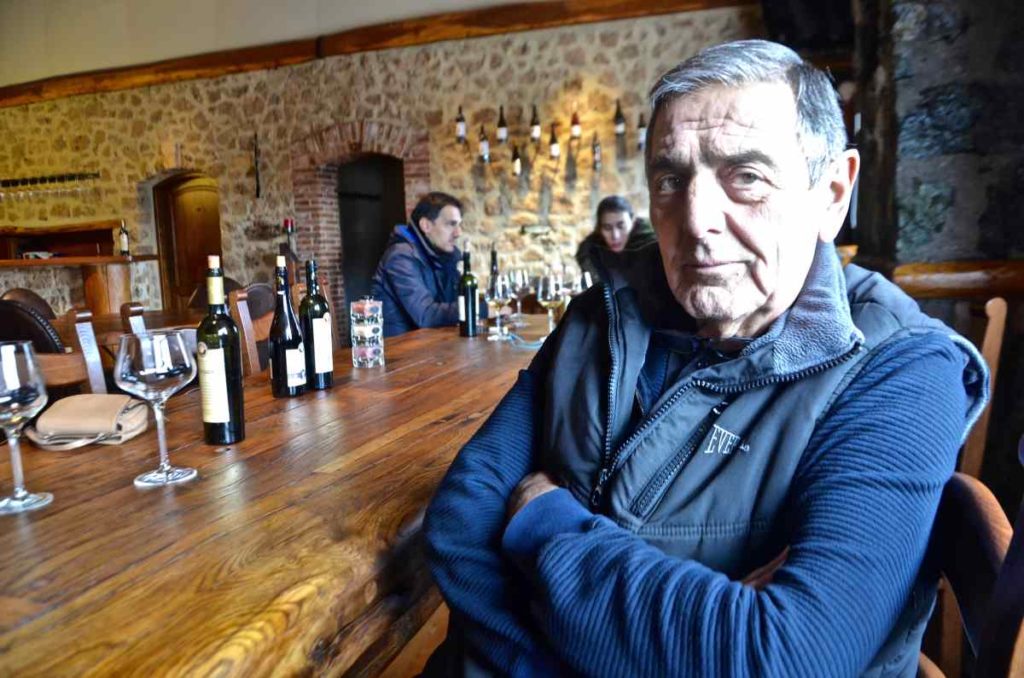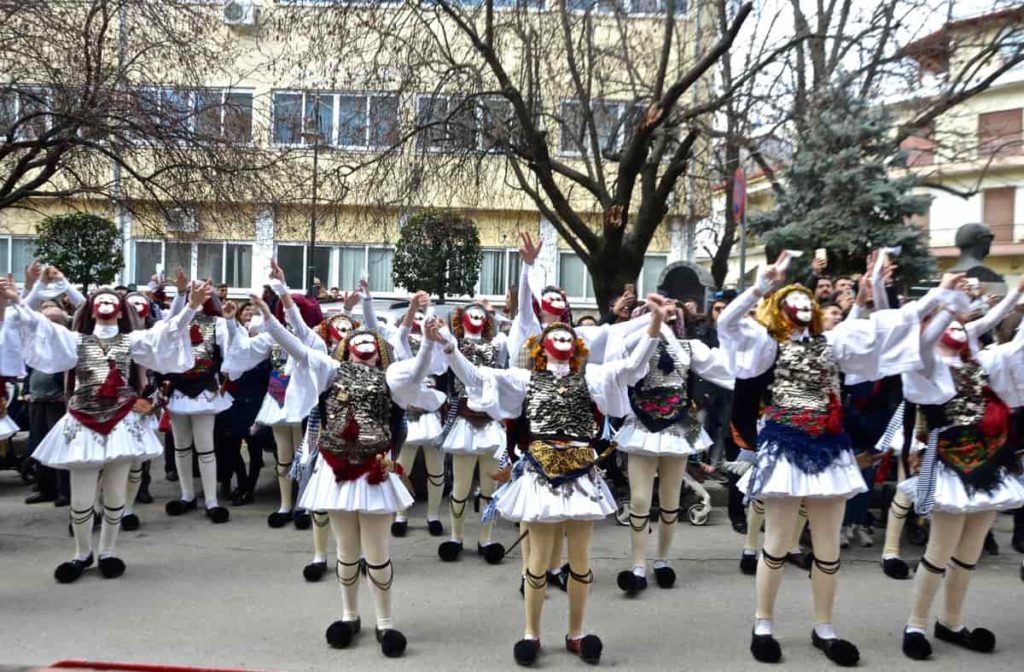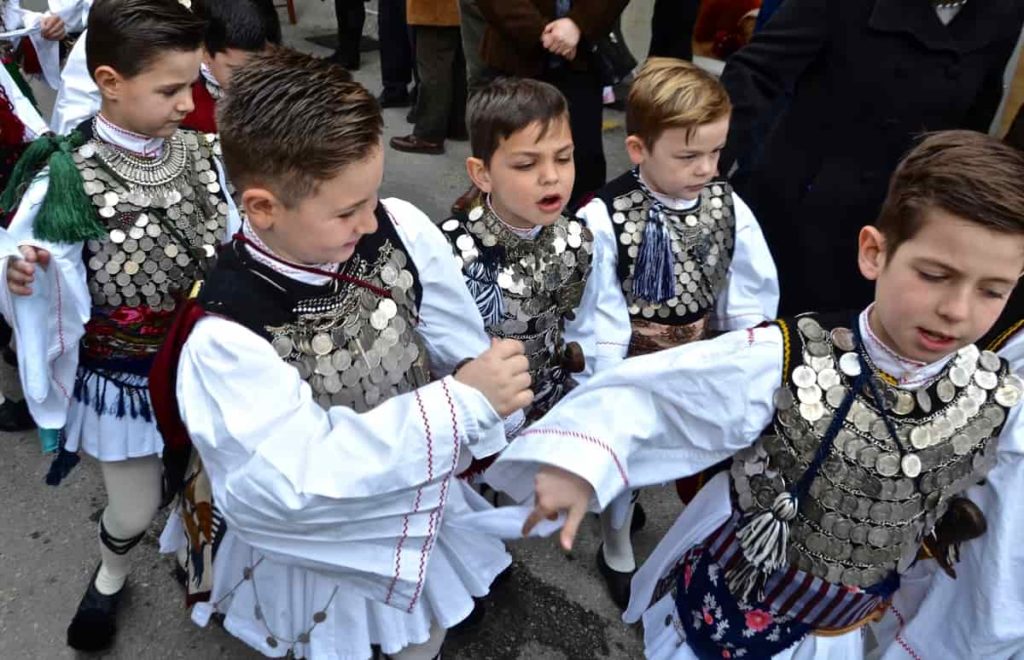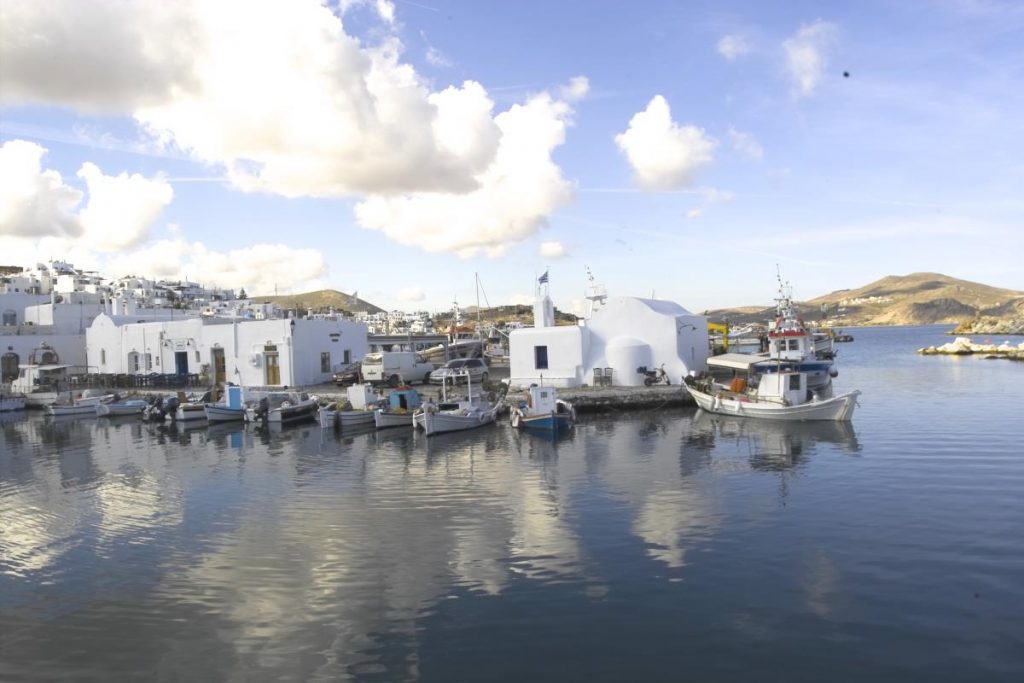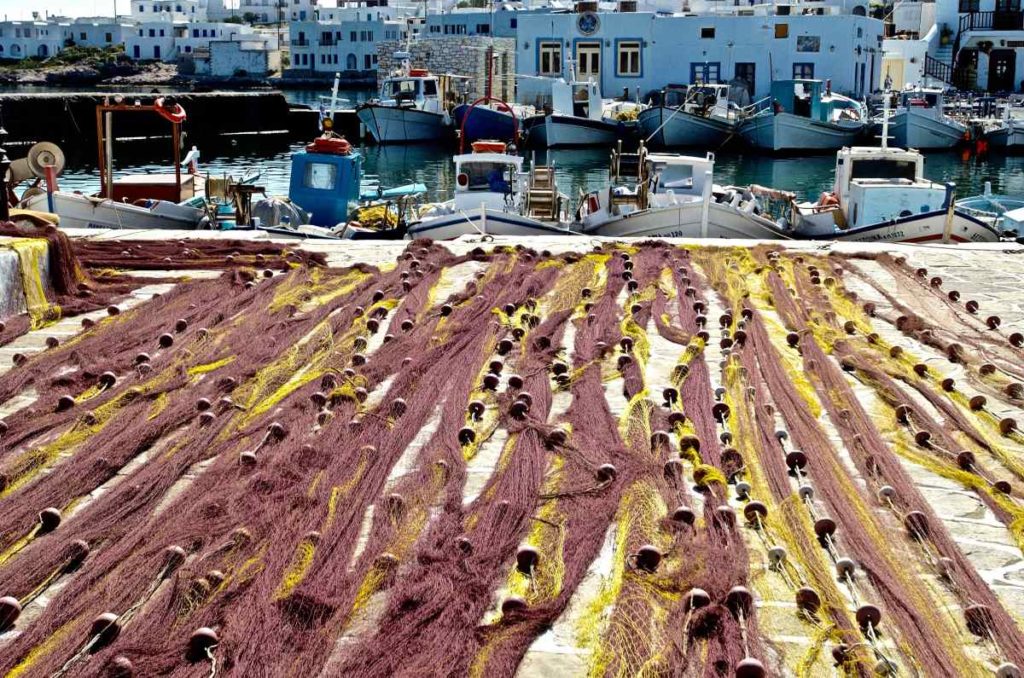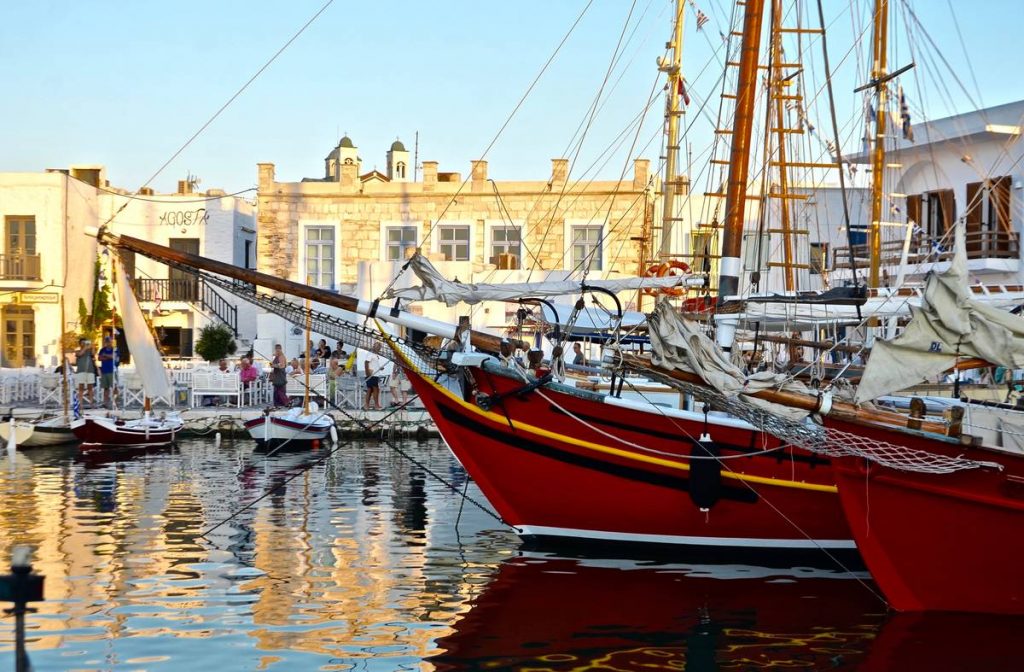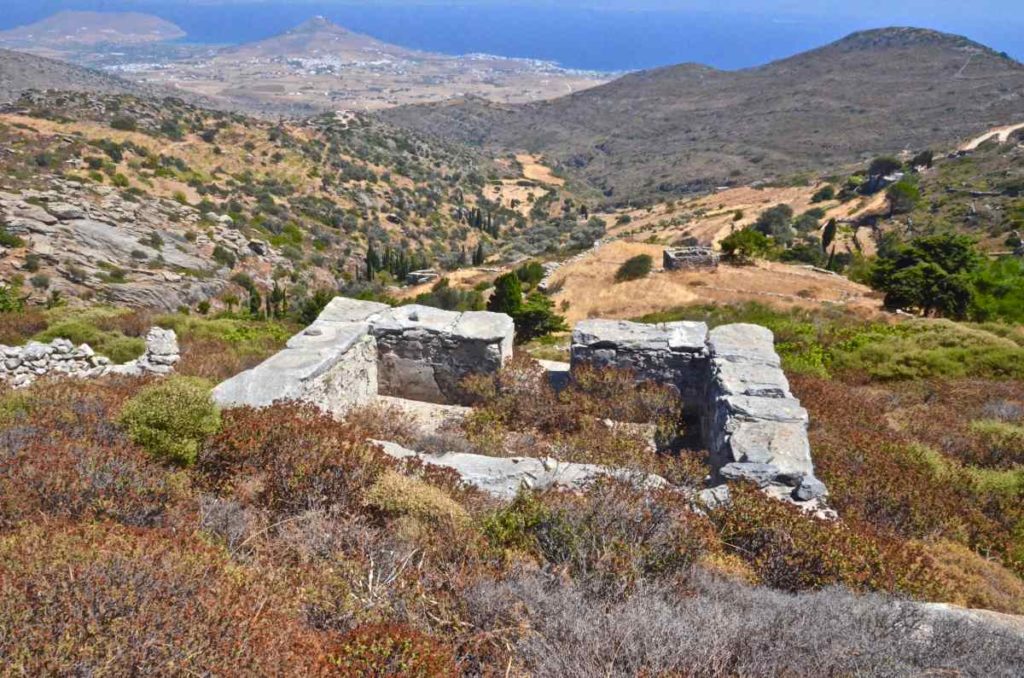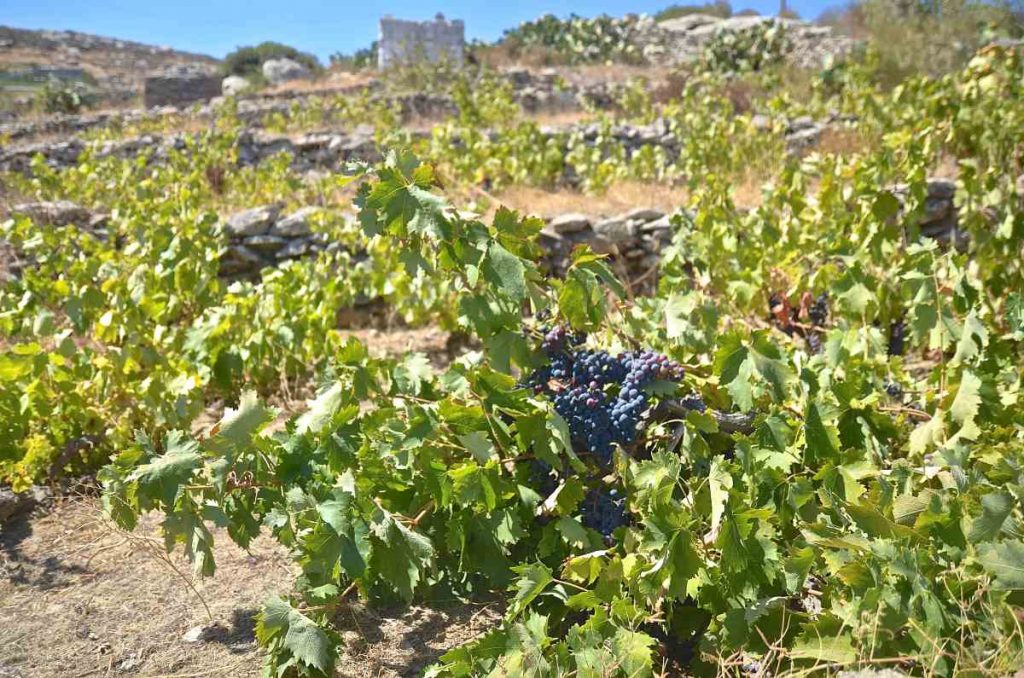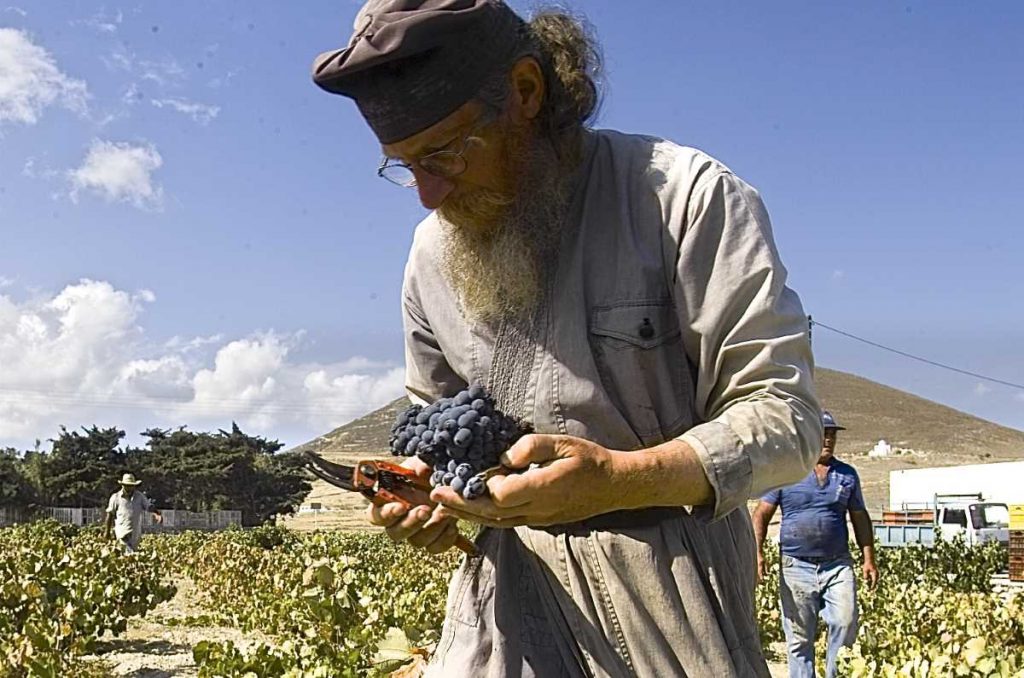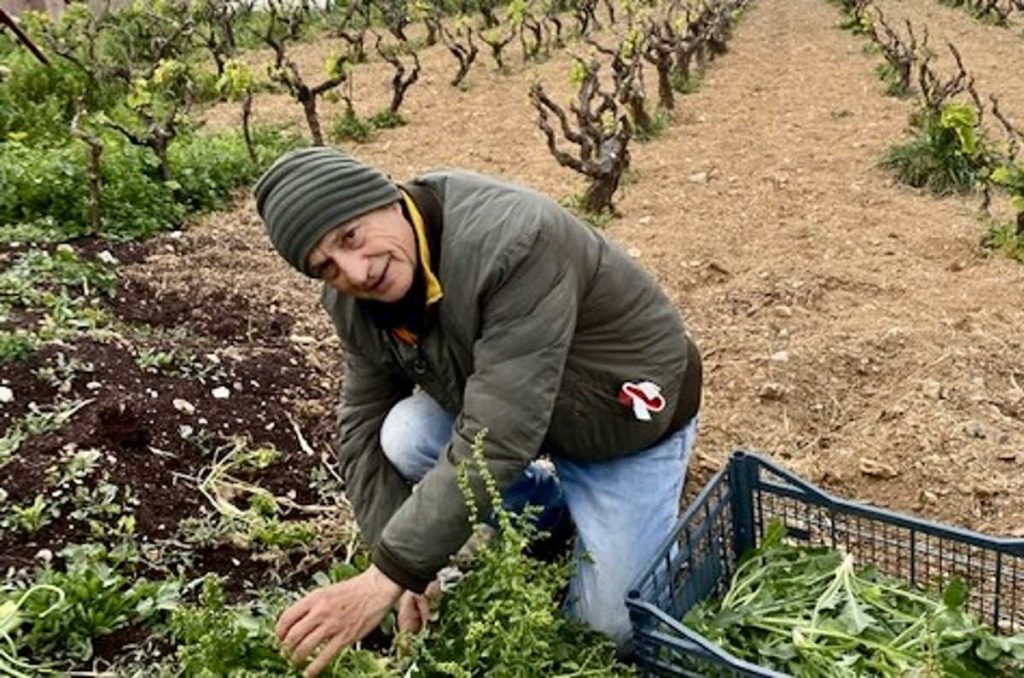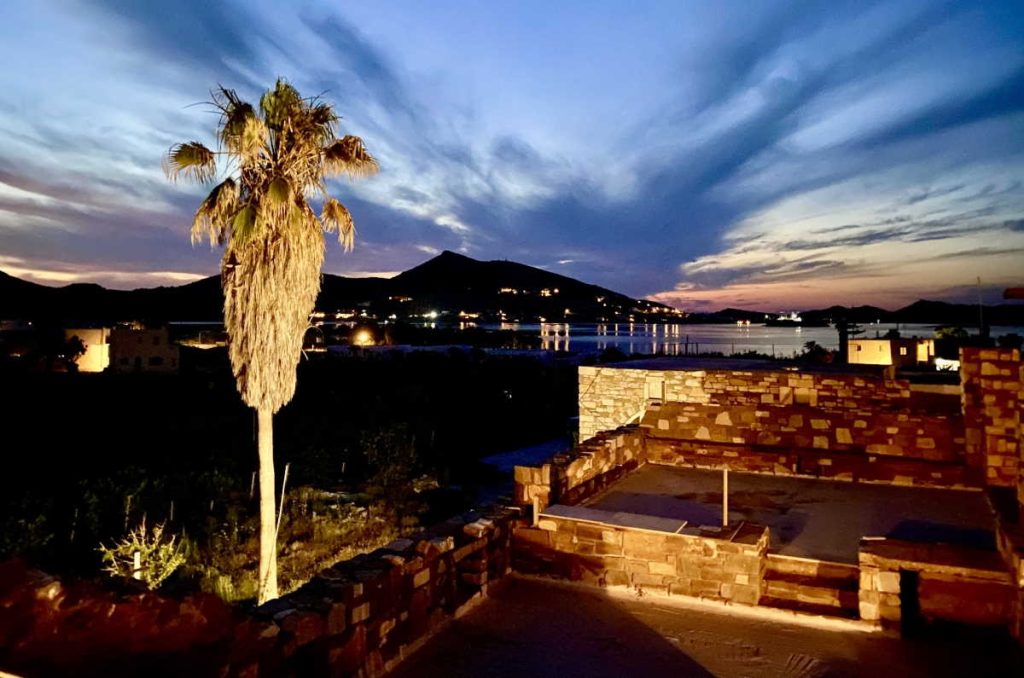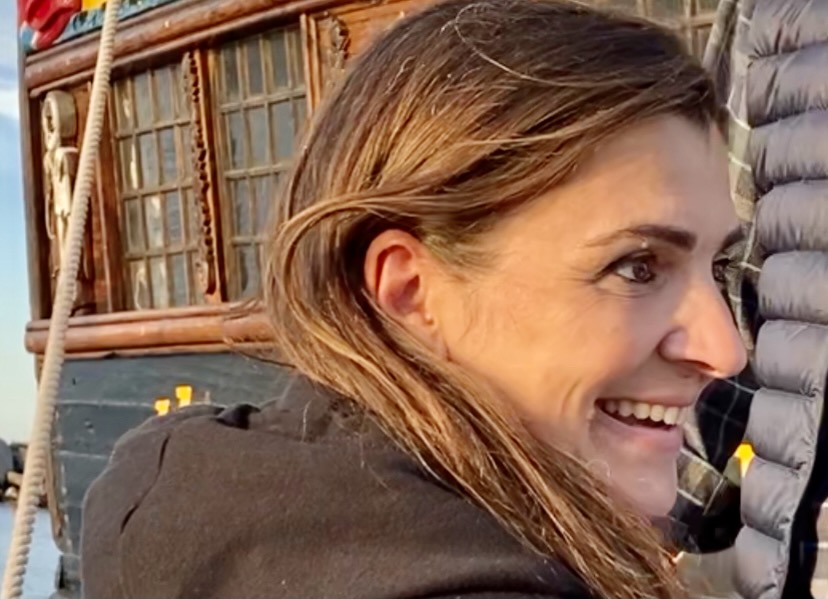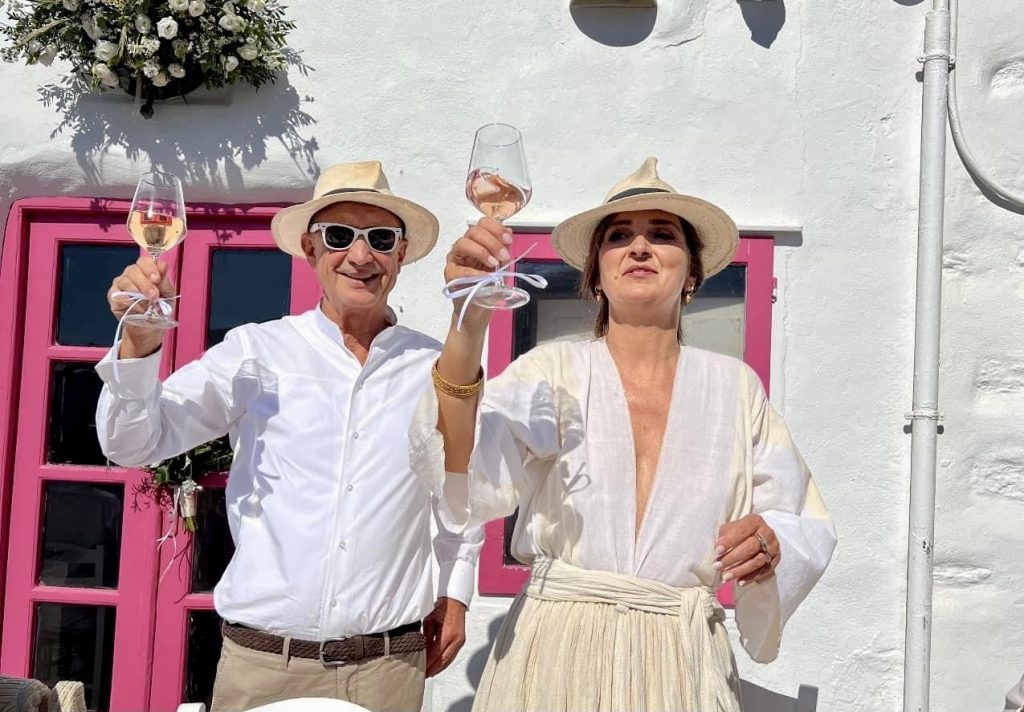The wedding
The wedding of two wonderful people and the marriage of two beautiful places that have the same name took place a week ago in Naoussa, Paros, Naoussa of Paros and Naoussa of Imathia. A wedding like the dozens that take place with the background and setting of the special Paros, why should it particularly concern us and cause the creation of an article?
But why this wedding had nothing to do with the weddings - usually Athenian - that in recent years use the islands of the Cyclades as decor, for the photos that will flood the internet and aim to show the grandeur of the event, the special wedding dress of the bride, the rich buffets, the worldly presences, the thousands of sparklers, the wild revelries of the old-time bouzoukis. Marriages of appearance, display and arrogance.
His wedding George Moraitis from Naoussa of Paros and Evies Samaras from Naoussa of Imathia before we analyze it more thoroughly -which we will do-, it had the following characteristic. His aesthetics radiated an unprecedented ethos. A truth. Because aesthetics, when it does not contain morals, produces kitsch. So simple. But it's so hard to do the simple things!
And what I felt was felt by everyone who attended and commented in the following days. –“What a beautiful wedding!” Where can one imagine? In the port of Naoussa! At the point where during the quarter of July-August-September you don't dare to step, because of the unbearable crowds and noise pollution.
This time the port of Naoussa was empty, spotlessly clean, the spaces on both sides of the squares freed from the hundreds of table seats, and the corresponding people sitting. The port, the symbol of the island's picturesqueness, the most famous landmark of Paros, was breathing, and his joy was great. We, the few guests, felt this joy, since the invitations were sent to 60 people, 30 from the bride and as many from the groom.
"I'm turning the sails, I'm turning the sails
And for my love, I'm back again
The weather is charging like a wild beast
And I turn the stern to the wild burini
Hurdle, heel I turn the sails
And for my love, I'm fighting again"
They sang Manolis Delentas (violin), Antonis Barbarigos (laguto), Kimonas Xykis (guitar), Nikos Tsantanis (clarinet, trumpet) Asterios Rigas (bouzouki), and they excited the guests with the purposes they played, the balls, the drawers, but also the tango. The music was of a high standard that you rarely come across. And the guests - not even my boss, I had the honor of dancing with my beloved Janetta, the ark of the island's folk tradition - did not stop dancing until sunset!
You hear me talk all the time about one harmonious relationship between aesthetics and ethics, -identification sometimes-, and you might wonder what I mean. The bride of the wedding will give you the answer Evi Samara-Moraitis with the reply letter he sent to those who honored her: "Our dear friends and relatives, thank you for the love and joy you gave us on our wedding day that only gratitude has flooded us. We wish you wholehearted health and happiness in your families! I wanted to tell you story about the shirt I wore on my wedding day. It was woven for joy by my great-grandmother Susanna. Fate, however, was destined to enter the luggage of the persecution in 1922 with pain and sorrow and I am very happy that today in 2022 it was flying in the joys of my marriage in the unsurpassed port of Naoussa".
Naoussa of the North
The petticoat-wedding dress of the bride was the memory of a civilization that flourished in Asia Minor, and then in the beautiful city of Macedonia. Naoussa with the river Arapitsa, not only as an element of natural beauty but also as a wealth-producing force, because its abundant waters used to power watermills that ground wheat, corn, sesame and washed wool, fabrics and carpets, but also later were the driving force for its workshops and factories textile industry, paid with her blood for her participation in the heroic struggle in the Greek Revolution, and then heals her wounds with industrial development in the middle of the 19th century, when the first water-powered factory, the largest in the Balkans, is created, and since then there have been and other textile factories, so that at the end of the 19th century 5.000 workers were working in them and Naoussa was considered the "little Manchester of the Balkans". In 1912 it was liberated and joined the Greek state and the welcomes thousands of refugees from Asia Minor.
The Asia Minors came together with the city, which until the 1980s, with its textile industry as a focus, was one of the most prosperous cities in Greece. The destruction of the heavy industry and the textile industry, mainly due to globalization, created major problems for the city which is trying to heal its wounds. At the beginning of the 21st century, the city of Naoussa tries once again to find its pace, raise its head and take the lead again. Its weapons, the beautiful city, with its sights (the park with the commanding view of the plain of Imathia, the clock tower), its cultural heritage, in the agri-food sector and especially in its peaches and vineyard –Naoussa is an international city of wine and vines–, in its culinary tradition and alternative tourism.
In thousands of acres, they are cultivated various varieties of the "Persian apple," as he called peaches Theophrastus, as these fruits had reached Greece from Persia, after the campaign of Alexander the Great. And there is no more beautiful sight when in the spring the plain that stretches out at the foot of Naoussa seems to be straight out of a fairy tale, as it is transformed into an endless pink sea by the blossoming peach trees. It is no coincidence that Herodotus mentions that they were in these places the famous Gardens of Midas. Naoussa – the largest producer and processor in the country (together with the wider area of Imathia) in peaches – also produces cherries, apples, plums and kiwis, while from gerbils mainly eggplants and horn peppers.
It is cultivated in the vineyard of Naoussa the versatile Xinomavro variety – one of the four ambassador varieties of Greek wine (Agiorgitiko, Xinomavro, Assyrtiko, Moschofilero) – from which the red wines are produced PDO Naoussa. In the area of Naoussa there are around 20 wineries, many of which can be visited and welcome with the well-known Macedonian hospitality those who wish to taste the more than 100 labels of Xinomavro as well as other varieties adapted to the region, from which the wines are produced PGI Imathia or other local wines.
Xinomavro can be tried in its classic traditional version, in modern versions that make use of modern techniques, in the post-modern versions that give a basis to the vine (in the clones, in the peculiarities of the soil and microclimate), in its marriages with other varieties such as Syrah or Merlot and finally in a Blanc de Noir or sparkling wine version.
In the last 10 years, the city has been successfully trying to join the world map of wine and wine tourism, thus giving a great impetus to the development of the region. Every year he welcomes wine lovers to the events "Naoussa City of Wine" organized by the Union of Naoussa Winemakers, where local wines are tasted and the contribution of wine to the history, culture and gastronomy of the region, as well as to the establishment of the dynamics of Greek winemaking internationally, becomes known.
A great representative of the Xinomavros of Naoussa, Keimis (from Joakim) Chrysochou, who with his wife Betis, his daughter - winemaker - Nana, his son Giannis and his daughter Katerina, have built a large unit (the third in the area, after Mr. Giannis and the Cooperative), a winery that can be visited with an extremely elegant space for wine tastings, dominated by large wooden table-structures, the surfaces of which are elaborate old doors, mosaics, paintings and artistic creations, was at the wedding as it was the bride's favorite uncle.
We would not be able to say goodbye to Naoussa of Imathia, the bride's hometown, if we did not also mention the bubbles, one of the most important events of the Greek Halloween, which is part of the life of the people of Naoussa and attracts thousands of visitors every year. I had the pleasure of documenting the custom, from its beginning, when I had the luck and pleasure to attend the "Jenissaries and Boules" group housed in the "Makis Watermill" next to the Arapitsa river, and learned a lot of its history dromenou (the ritual of the dressing, complexity of the costume, organization of the boulouks, parade process, characteristics of the music of the chalkins) which I have captured in detail in my article "Boules - Janissaries"
Xinomavro with its 20 wineries and Boules, that honor Naoussa abroad, as they constantly receive awards at international festivals, mainly for the authenticity of its costumes, can become the two central axes around which a quality cultural and alternative tourism can be developed, which will lead the city to her new rebirth. But let's go back to the wedding that gave us the opportunity to take a look at the culture of Naoussa in the North.
Naoussa of Paros
Naoussa until the end of 1980 was the largest fishing village of the Cyclades, and its picturesque harbor, when the weather was good, was so crowded with boats that the water of the sea could not be seen. On the wharves around the port, the fishermen were baling, stringing and stacking their nets, placing their tools, their crates and their baits while on the quayside they were drying their nets.
Time passed, one by one the warehouses were turned into cafes, bars, restaurants, until the whole harbor became an entertainment and dining area, and the space was filled with table seats. Despite the fact that the boats, most of them were broken, with the wishes of the European community, the harbor maintains its charm and spaciousness all year round, always reminiscent of an ancient theater stage, except for the 2 months of summer when the situation is suffocating. However you do it, it remains the most photographed port of the Cyclades.
Ο vineyard of Paros he too has his history... The cultivation of the vine begins in antiquity, it continued in the Byzantine period, and the wine of Malvasia, wine that was produced in the Cyclades-Crete-Monemvasia triangle, is becoming sought after in the countries of Europe. Traveling through the countryside of Paros, up to its highest points, you will meet the stone-built its terraces, vines and old winepresses, where until very recently farmers pressed their grapes on site.
The main characteristic of the traditional climates of Paros is that they do not have a trunk, but the branches creep to the ground (the so-called spreaders) to protect the grapes from strong winds (today this practice has almost been abolished and linear cultivation prevails). The varieties that grew in Paros were the Mandilaria, Monemvasia, Savvatiano, Mavrotragano, Aidani, Mavrathiri, and the lesser known ones Vaftra, Kakomavro, Asprouda, Papatsouda, Potamisia, Tryfera and the Parian winegrowers used to have mixed climates on their estates.
When phylloxera hit France, the Westerners brought wine from the Cyclades for their blends. Paros responded and thus at the beginning to the middle of the 20th century found the island with vine crops on an area of 10 thousand acres - compared to 5 thousand today - with an average annual production of 2.500.000 liters. It was only in the decade that the production of bottled local wines for the needs of the island was ventured. In 1981, Paros was promoted to a wine-growing region Designation of Origin for wines produced from varieties Monemvasia and Mandilaria. Since then, the local wine industry began to develop, combining the best traditions with modern oenological practice.
Today in Paros there are 6 wineries that receive the grapes of the winegrowers, with the largest volume of wines being produced by Moraitis Winery and then her winery Union of Agricultural Cooperatives of Paros and Moraitiko of George Moraitis. But there isn't a vintner on the island who doesn't make his own wine that will accompany him throughout the year.
The groom
The groom o George Moraitis vintner and winemaker, owner of Moraitico winery, -produces the most beloved wines of the island-, he is a sweet and loving person and those who know him have only good things to say about him, as he exudes a peaceful calmness and an unprecedented kindness. His family came to Paros from the Peloponnese during the revolution of 1821, and since the beginning of the 20th century has been the protagonist in the production of Parian wine. In 1970 his father, Theodoros Moraitis, sends George to study oenology in Athens, and when he returns after his studies and practical work in one of the largest wine-producing companies in Greece with international recognition, Bodosakis' "BOTRYS", he takes over the vinification of the wines of the family winery and in 1976 carries out the first successful bottling with the wine Kavarnis.
At the end of the 1970s, Manolis' brother from the ships came to the winery. They could not work together harmoniously - these things happen even in the best winemaking families, and Naoussa of Vora knows it well - and Giorgos leaves his father's winery. Today his new winery, the Moraitiko in the ancestral estates in Naoussa, he produces around 60.000 bottles with all three of his labels. First and best island pomegranate, rosé wine from the varieties malagouzia, mandilaria and mavrotragano which owns 55% of its production, the white of the Island from the varieties Assyrtiko, Monemvasia and Malagouzia which owns 35%, and the island red from the varieties mandilaria and mavrotragano.
The bride
The bride Evi Samaras was born in Naoussa, raised in the market of the city by a merchant father. From an early age - 5 years old - he was engaged in skiing, in the ski centers of Vermio. Her involvement in the difficult mountain events and her distinctions in the competitions forged a competitive and fighting character. He studied at the Polytechnic of Thrace and worked as a civil engineer in Athens. Her love for the Cyclades led her to Paros where romance was born, and fate sent her back to the arms of wine.
The childhood memories from grandfather Chrysochou's winery, the younger ones from her uncle Keimi Chrysochou (brother of mother Angela), but also the general experiences from "City of wine, Naoussa", provided her with enough knowledge and experience to successfully take over the commercial management of the Moraitico winery for a long time. George's calmness and gentleness comes and marries with Evie's energy, cheerfulness and enthusiasm, and this complementarity together with shared values and love that the newlyweds have for each other and for life herald a bion anthosparton. Lucky those who have the pleasure of living next to them and receiving their positive energy.
Epilogue
Wishes for a fruitful life, good harvests, wonderful wines, love, joy, aesthetics and morals.-

